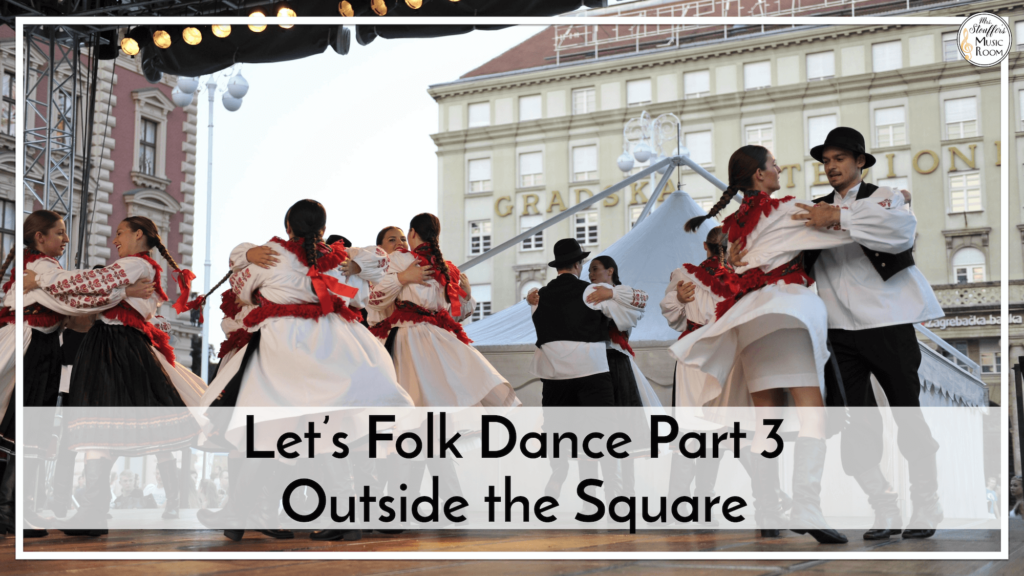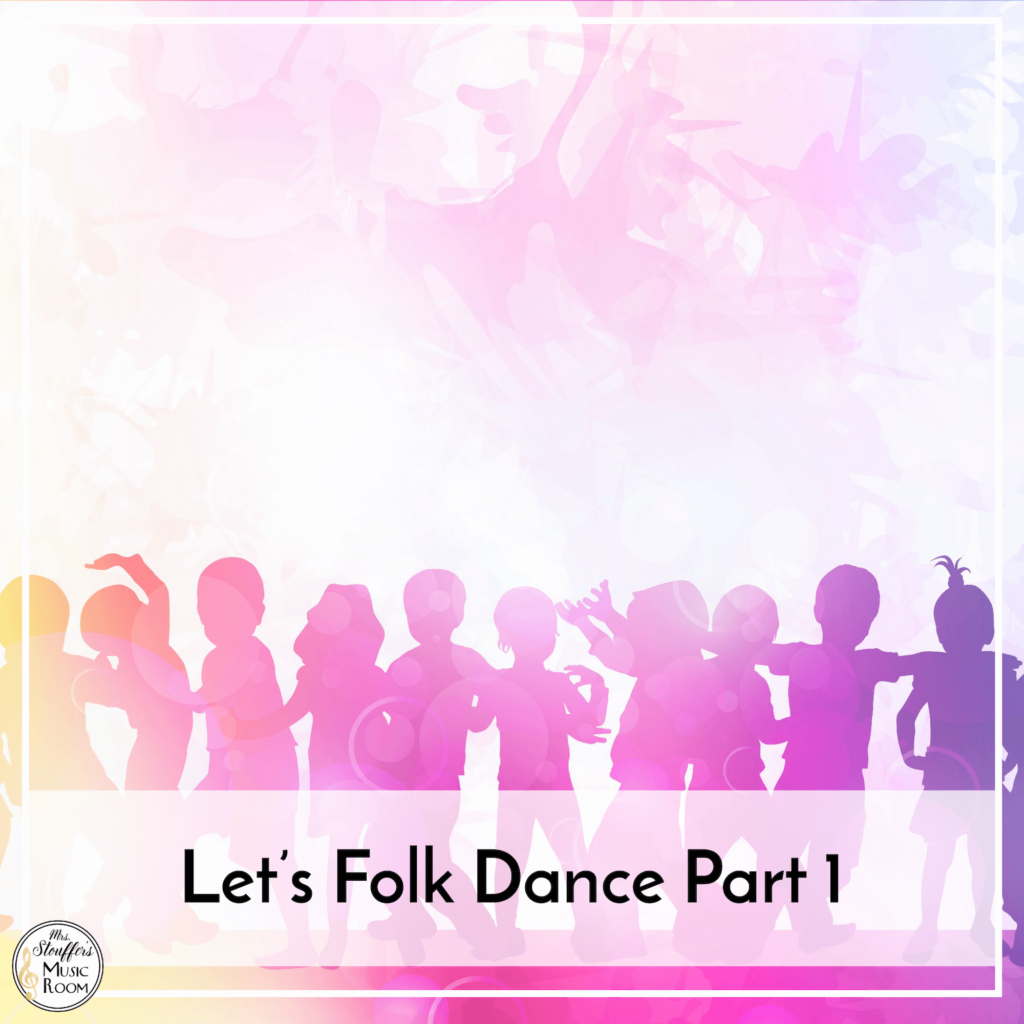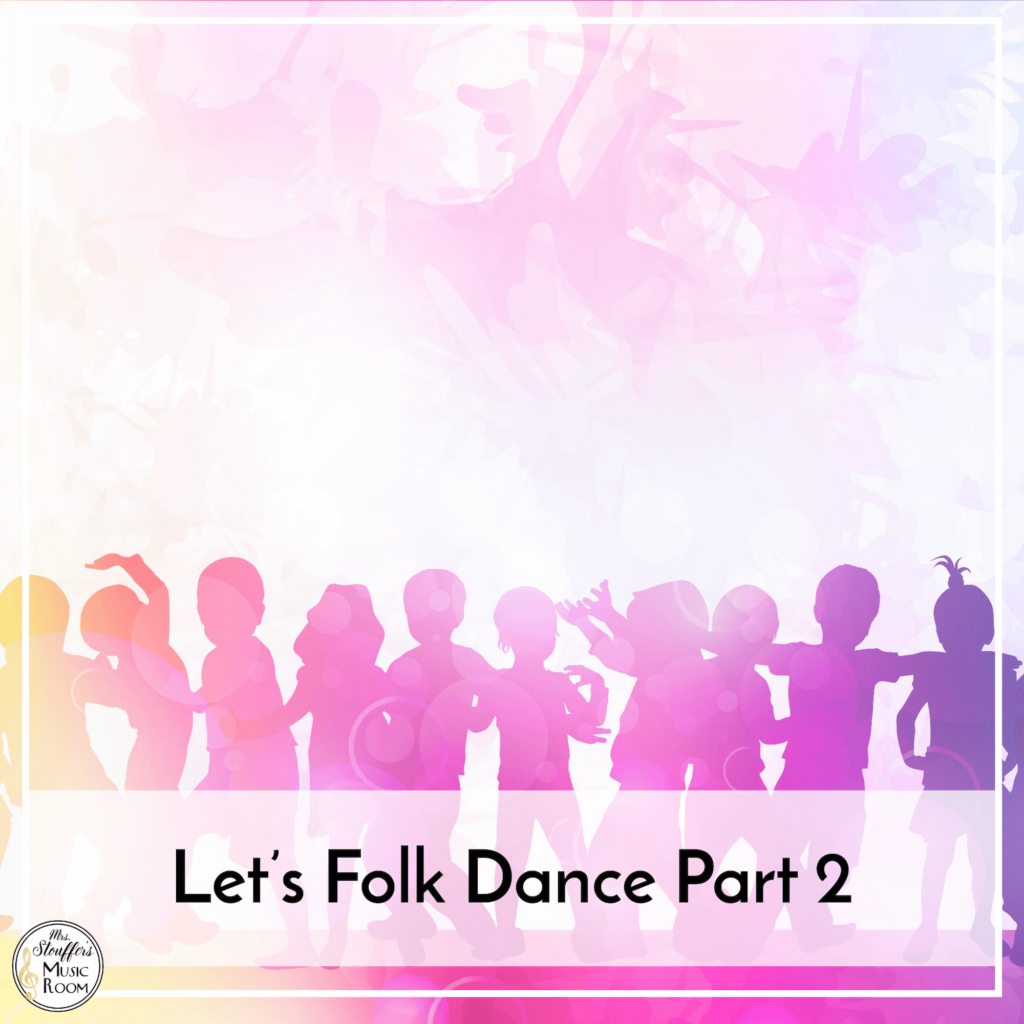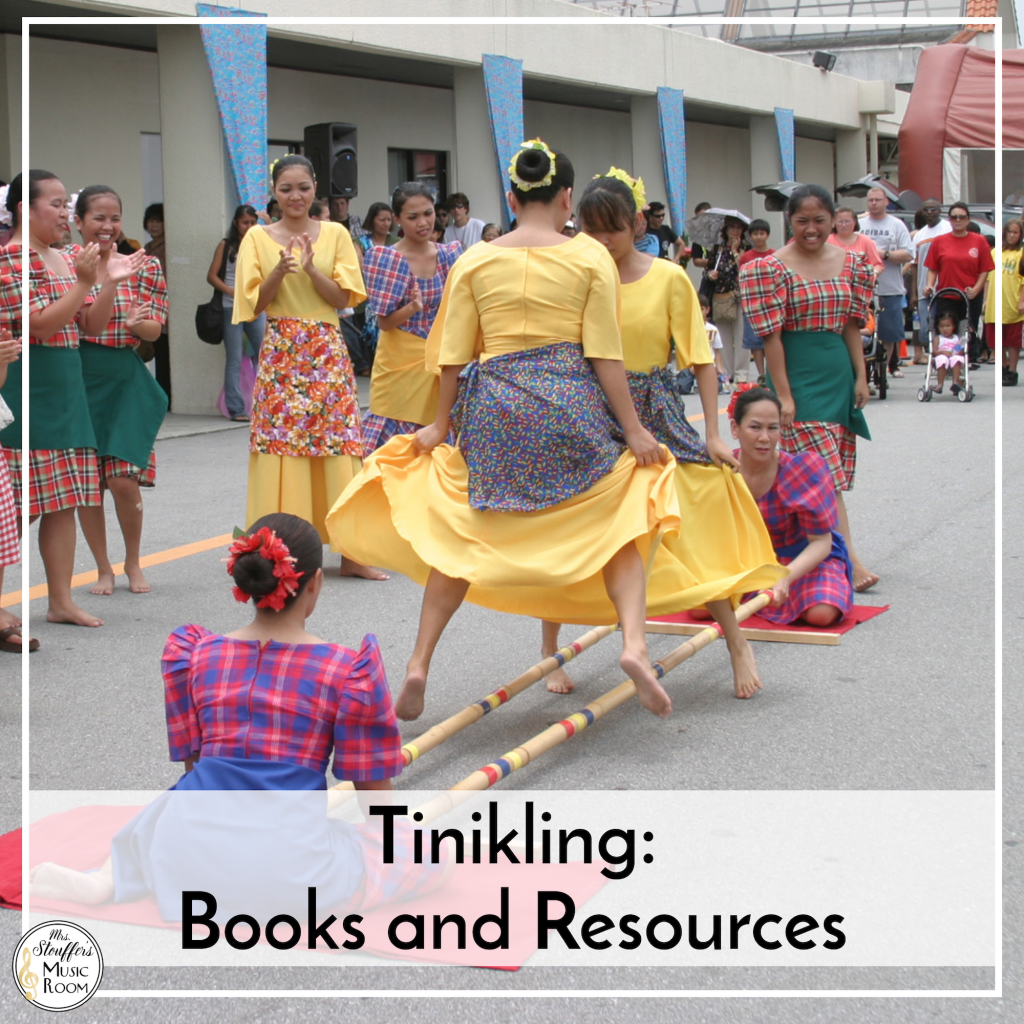We tend to think of “folk dancing” as square dancing even though there are other formations. If you ask non-music educators or dancers, a lot of the people will probably call folk dancing like this Square Dancing. But folk dancing isn’t just the square. There are hundreds of types of folk dances from all regions of the world, and ethnic subgroups within the current countries! The ones we’ve been talking about are in the English/Scottish/French/Adapted American tradition but let’s take a quick peek at just a few other types of folk dance that you might want to try to incorporate or at the very least, show your students. Many of these dances are still commonly done at festivals, parties, weddings, and other joyful gatherings as part of the day to day culture.

Kolo
This one is the most familiar to me since I grew up doing this as part of my heritage is Croatian and Bulgarian. From the Slavic region, kolos are dances in an open circle while holding hands with an intricate footwork pattern that repeats. Some are slower and others are much more lively! These are still very commonly done at festivals, parties, and weddings. (I can 100% attest to doing a kolo at my wedding. Check out this one from a wedding (not mine!)
If you want to try to incorporate a kolo, Ersko Kolo is a fairly attainable one as it is technically a children’s dance. Check out this post to find out how to teach it.
Cumbia
This dance is a blend of Indigenous Colombian folk dances and dances brought to South America by enslaved Africans. It is origanally a “street dance” and has many variations, the original being the Colombian. It is a partner dance and the traditionally female partner holds a candle in her right hand (not shown in the video below).
Polka
A well known folk dance, originally from Bohemia (now the Czech Republic), it is three steps (1 full, and 2 half) in 2/4 time, usually with a partner. It’s still a popular and often performed dance. In the US, there was even a Grammy category for it until 2009. Polka music may be familiar to students from the Home Alone scene with John Candy. It is widely associated with Polish culture and is very popular there still. Check out this video from the 2022 Polish Festival in LA.
Agahu
The Agahu is from the West African country of Benin. This is a circle dance with a variety of repeated steps, arm motions, and bending.
Céilí Dance
While we may have a picture in our head of Irish Dancing which is likely step dancing that is popular and often done solo, Céilí dancing is a large part of Irish tradition. You can likely see how this evolved into some of the dancing we do as “folk dancing” in music class.
Kurdish Dance
This style of dancing is from the Kurdish people who are an ethnic group from Kurdistan in what is now Turkey, Iran, Iraq, Syria and Armenia. This is yet another line dance in an open circle. This one shown in the video is all males but it can be danced by anyone.
Hora
While associated with Jewish weddings, this is isn’t the only place you will find the Hora (sometimes Horo or Oro). If you look at them, you can see the relation to some of the kolos. There is a lot varied info on the hora and kolos in regards to open/closed circle. Part of that is because the region was not just the divided countries they are today and people traveled. There is a lot of cross over in the music and dancing. Check out this one from a Jewish wedding where you can actually kind of see the dance steps.
Dabke
Another type of line/circle dance, the Dabke is from Palestine. Dabkes come from Phoenician dances that are thousands of years old. It is still done widely at festivals, parties, and weddings. There is a lot of jumping and stomping. Check out this one from a wedding in 2022 in Ohio.
Ngukum (Mosquito Dance)
This is from Aboriginal tribes in Australia. It is hunters looking for food who realize there are too many mosquitos so they take branches and try to swat them. You can see it here.
Tinikling
From the Philippines, it is one of the more well known dances of South East Asia. This is done with two bamboo poles and is done in 3/4 time. You can find out more about Tinikling here as well as find some children’s books about it. Check out this group from a 2017 festival.
Bhangra
From the Punjab area of India, this dance is energetic, with lots of jumping, arm movement, kicking, and bending. There is a resurgence in this type of dance including festivals, competitions, and the incorporation of more modern music. I do not recommend trying this on a full stomach as it looks like a serious workout and I got tired after watching this video of Bhangra Empire, a competing dance troupe. I am unable to embed this one so make sure you check it out. https://www.youtube.com/watch?v=vD-LFksC1Nc
Indlamu
If you are seeing a thread of line dances from several places, it’s not an accident. This line dance from the Nguni people in the South African region varies between tribes but is a stamping line dance performed by men. You can see it here.
American Folk Dances
Ok, wait. What?
Yup! We’ve got them. We just don’t call them that. Think about dance that is “of the people” and is widely done at festivals, parties, weddings, and other joyful occasions. I present to you what I would label the “American folk dances”:
- Chicken Dance
- HokeyPokey
- Thriller
- Cupid Shuffle
- Cha Cha Slide
- Electric Slide
- Old dance moves (lawnmower, the cabbage patch, mashed potato)
- Boot scoot and Boogie
- Bunny Hop
- YMCA
- Macarena
- Any other dance that somehow comes on and everyone seems to know what to do!
- Other dances that may have gone out of style but were incredibly popular like the Charleston.
I hope this gives you some ideas for dances outside of the square!







Do you have any resources for helping to teach the Agahu?
Hi, I do unfortunately do not. I spent a lot of time looking for some help for this one and was unable to find anything substantial.
I’ll keep looking!